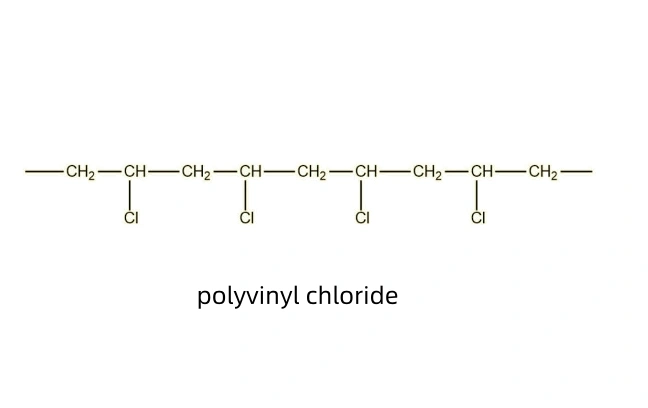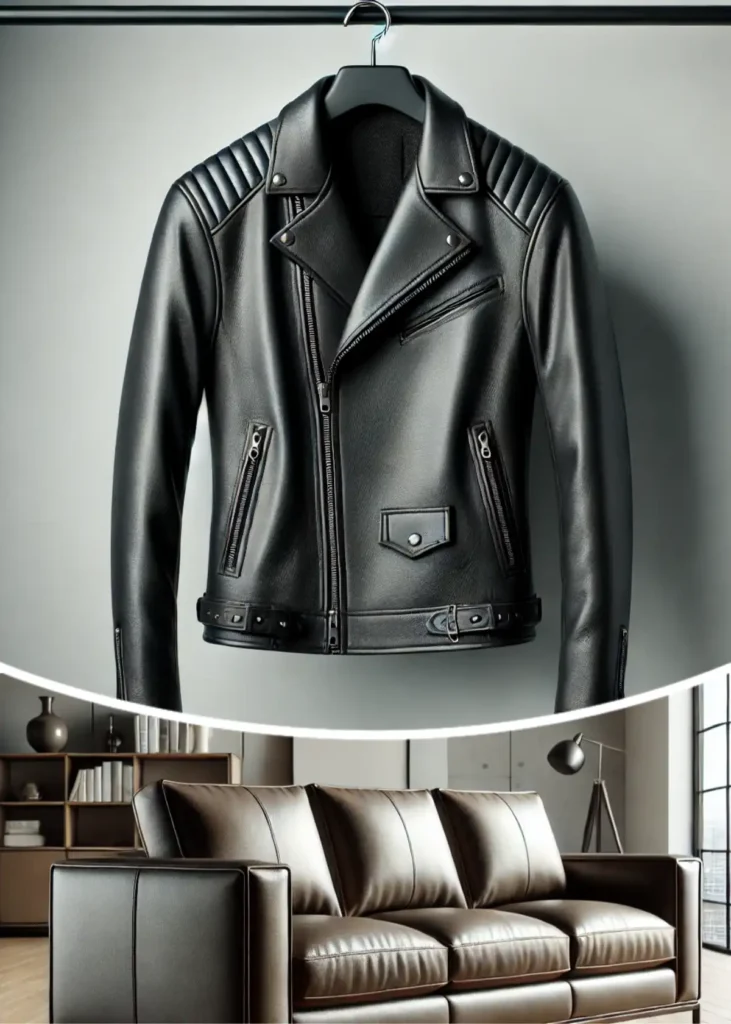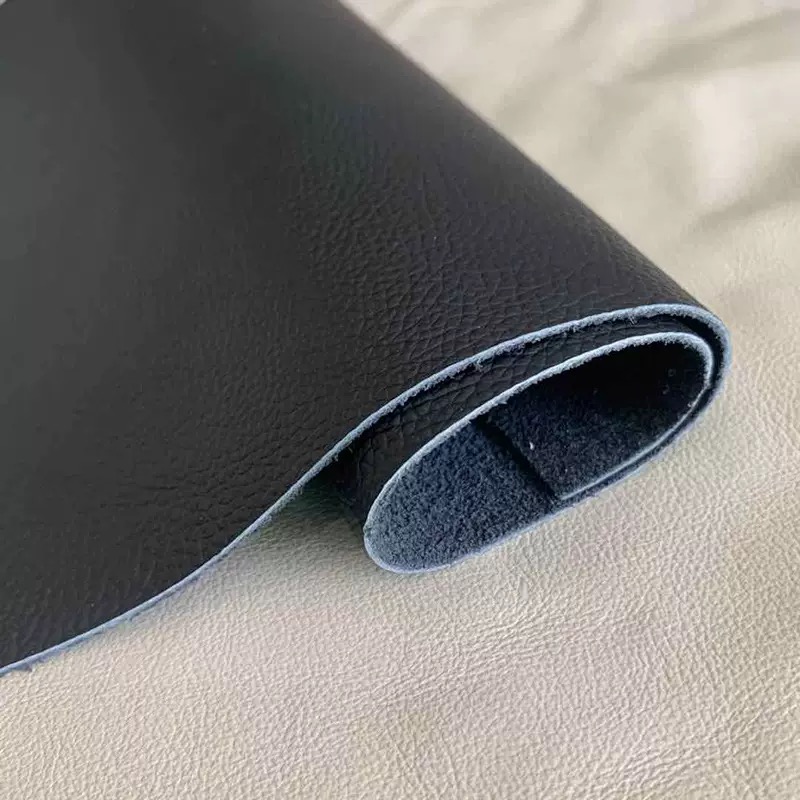PVC Leather VS PU Leather: Which One is Right for Your Needs?
- November 1, 2024
When it comes to the question of PVC vs. PU leather, it can be confusing because they look so similar. If you don’t know the difference between the two, you could easily wind up with a product that doesn’t fit your expectations for quality, cost, or durability. To try to limit those kinds of misfortunes, we’ll compare PVC vs. PU leather in terms of their durability, cost, maintenance, etc., to help you make a wise decision.
Table of Contents
What is PVC Leather?

PVC leather is a synthetic material created by coating a fabric base with polyvinyl chloride (PVC), giving it a durable, water-resistant finish. Its production involves adding plasticizers to enhance flexibility and strength, resulting in a material that closely mimics genuine leather. Thanks to these properties, PVC leather is ideal for heavy-use applications, such as furniture, automotive interiors, and outdoor products.
PVC leather provides durability, water resistance, and cost-efficiency, making it a popular choice across various industries.
What is PU Leather?

PU leather, or polyurethane leather, is another synthetic alternative to genuine leather, created by coating a fabric base with polyurethane. Unlike PVC leather, PU leather is softer, more breathable, and offers a closer imitation of genuine leather’s luxurious feel. However, it’s less durable and more prone to wear, making it suitable for fashion items, accessories, and indoor furniture.
Why is PVC Better Than PU?

PVC leather often outperforms PU leather in terms of durability, water resistance, and cost-effectiveness. While PU leather offers a soft and natural feel, it’s not as tough or resistant to environmental factors as PVC leather. For applications that require long-lasting performance, such as automotive and outdoor furniture, PVC leather is typically the better choice.
PVC leather stands out for its durability, water resistance, and lower production costs, making it ideal for high-use applications.
Durability: Which is Stronger, PVC Leather or PU Leather?
The next thing to consider is how well the material can stand up to abuse. Most people will tell you that PVC leather is more durable than PU leather, but the real test is in its resistance to things like scratches, water, and UV light. What all that means is that PVC leather is what to choose when you need to put a material in a tough, high-traffic, touch environment like a car interior or a doctor’s office waiting room. On the other hand, PU leather is softer and more luxurious than PVC, but you probably wouldn’t use it in a high-traffic area because it’s not as tough.
You’ll pick PVC in this round because it’s tough and modern and it can handle anything. So it’s the go-to material for high-use environments like cars and furniture applications.
Which is Better for Sofas: PU or PVC?

One place this really comes into play is with sofas. The choice between PU and PVC for a sofa mainly has to do with how you expect the sofa to get used and the type of qualities you want it to have. People choose PVC on sofas that get a lot of use because it’s durable and easy to clean. You can spill stuff on it and beat it up without it looking gross, which is nice if you’ve got kids. But if you’re making indoor sofas that you want to be really comfortable to sit in, you might use PU leather.
PVC is durable and easy to clean, making it perfect for high-use sofa upholstery. Use PU indoors because it’s nice to sit on and feels good if you’re not going to tear it up.
Benefits of PVC Leather
PVC leather brings a lot to the party and offers several advantages. It’s inexpensive and tough, and it resists water, scratches, and UV light. PVC leather comes in all kinds of different textures, and it can be colored and finished in every way under the sun, giving you lots of options. These characteristics add up to make PVC leather a versatile fabric you can use in a wide variety of applications, from fancy pants automotive interiors to high-end fashion. But wait, there’s more . . .
PVC leather offers affordability, durability, and water resistance, making it a versatile choice across multiple industries.
Is PVC Furniture Good for Home?
Yes, PVC leather is the cat’s pajamas when it comes to home furniture, especially in spaces where you want things to be tough and not require much upkeep. You can wipe it with a wet rag and get on with your day. If you have kids or dogs or husbands, PVC leather is a good material for you. For those who enjoy pep and vigor, it’s like the cheerleader of the living room upholstery world, y’all. By not needing special treatment, it’s great in family rooms, dining rooms, and all the other places people hang out.
PVC leather is ideal for home furniture as it is easy to clean, durable, and resistant to wear, making it a practical choice for households.
Water Resistance: Is PVC Leather Waterproof?
The first benefit of PVC over PU is how PVC leather is almost 100% waterproof. When you coat the fabric in PVC, you make it waterproof. This allows it to withstand wet or humid conditions and not totally rot and fall apart. So if you need something to use outside in the rain, you need some PVC. If you find yourself in need of a yellow tarp you buy for $1 a yard at the local big box hardware store to cover the plywood leaning against the fence in the backyard, it’s probably made out of PVC. PU is good at not soaking up water, but no PU fabric is totally waterproof and eventually they all rot.
PVC leather is waterproof, making it suitable for outdoor applications, while PU leather is water-resistant but not fully waterproof.
Maintenance: Which is Easier to Care For?
The next thing to discuss is maintenance. What are you going to have to do to keep this stuff looking good and not having your customers come back to you in a year and say, “What the . . . ? What happened to this stuff?”
It’s easy to take care of PVC leather. You clean it with a wet rag. You can spill stuff on it, and it still looks new. Great for busy homes and businesses.
PU leather needs to be babied. If you’re mean to it, it’s going to crack or peel. It might require some special treatment to keep it nice looking for a long time, even in a low-use environment.
So to that end, PVC leather is the hot ticket because you can neglect it and still make happy customers who send people in to buy from you more often than once in their life.
PVC leather is low-maintenance and easy to clean, while PU leather needs more gentle care to avoid damage.
Applications: Which Leather Fits Your Needs?

At the end of the day, when you pick PVC or PU, it comes down to the toughness of the application. Think about PVC for tough, high-traffic things like furniture or car interiors or outdoor products. Because of its strength and water resistance, you might use PVC leather on that $38,000 boat you’ve got parked over at the dock.
But if you were toward the other end of the spectrum, then you use PU leather on fashionable items like bags and jackets and shoes and belts. Also, you can use PU on low-use furniture like the futon you bought when you were in college to put in the bonus room.
PVC leather is ideal for heavy-use applications, while PU leather is better for fashion items and light-use furniture.
Conclusion
In summary, both types of leather have their advantages. I like PVC because it’s durable, resists water, and is economical. Therefore, it’s great for high-use or outdoor applications. I also like PU because it’s soft and pretty. Consequently, you would use PU material in a flashy way or in an area where somebody’s going to sit down and you want it to be soft.
It looks like I’m ready to purchase leather online.
Request A Quote for Your Leather Projects!
Share the post now:
You may also find these topics interesting

What Role Does Surface Texture Play in Artificial Leather Design?
Surface texture transforms artificial leather by enhancing aesthetics, feel, and function—key to making products stylish, realistic, and uniquely your own.

Artificial Leather vs Microfiber Leather: What’s the Difference?
Explore the key differences between artificial leather and microfiber leather—from material makeup to durability—to help you choose the right option for your business needs.
